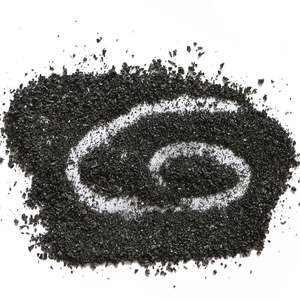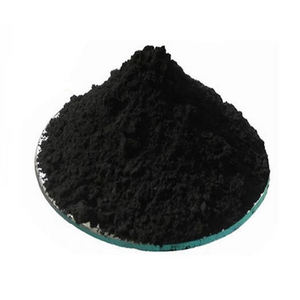Cement foaming agent, also known as foaming concrete foaming agent, refers to an admixture that can reduce the surface tension of liquid and generate a large amount of uniform and stable foam for the production of foamed concrete. Foaming agent is a kind of substance that can make its aqueous...

A”Nanodiamond: properties, types and applications in precision polishing rvd diamond powder
Nanodiamond is a nanoscale diamond structure product made up of carbon atoms with numerous distinct physical and chemical buildings. It has extremely high solidity and excellent grinding efficiency. Nanodiamond is one of the hardest materials on the planet, with a hardness of concerning 10 on the Mohs scale, much going beyond most other products. This suggests that nanodiamond has excellent wear resistance and deterioration resistance and can preserve its architectural stability under severe problems.
Nanodiamond has an incredibly low coefficient of friction and high grinding capacity, ideal for effective brightening and grinding applications. Nanodiamond fragments can scrape the target surface with extremely sharp side angles, quickly eliminating small defects, impurities, and disproportion on the surface of the material.
(Nano Diamond Powder)
The particle size of the ruby is controlled, generally between a couple of nanometers and 10s of microns, and can be specifically managed by synthetic techniques. This controllability makes it possible for diamond powder to supply customized performance and results in different applications.
Solitary crystal diamond powder makes use of premium ruby as raw material and undertakes a special squashing and forming procedure. The product has a normal crystal form, a smooth fragment surface area, and obvious edges and edges. It appropriates for various ruby items such as steel bond abrasives, ceramic bond abrasives, different electroplating tools, composite sheets, grinding pastes, grinding liquids, and so on, solving the issue of scrapes in the area of grinding and polishing.
Round polycrystalline nanodiamond refers to ignition polycrystalline nanodiamond, with a solitary fragment dimension of 5-10nm at the minimum. Round diamond powder with bigger particles can be provided upon demand.
Flaky polycrystalline nanodiamond is a brand-new type of nanodiamond. This nanodiamond is various from ignition polycrystalline nanodiamonds. It is a nanodiamond product with a half-cracked polycrystalline structure. This product has the qualities of routine morphology, solid wear resistance, solid self-sharpening, and so on. It can be extensively utilized in polishing and various other fields, bringing brand-new technological solutions to the polishing field.
(Nano Diamond Powder)
The several sorts of ruby powder introduced above are specifically suitable for accuracy polishing of optical products, silicon wafers, etc. They can likewise be utilized for accuracy grinding wheels for brightening sapphire and jade, and so on. They are likewise suitable for precision grinding and brightening of different materials such as equipment, porcelains, gems, semiconductors, etc. Furthermore, they can additionally be made use of to prepare metal-bonded ruby devices, electroplated ruby items, and other diamond devices, supplying the most effective option for accuracy grinding and brightening in many areas.
Supplier of Nano Diamond Powder
TRUNNANO is a supplier of 3D Printing Materials with over 12 years experience in nano-building energy conservation and nanotechnology development. It accepts payment via Credit Card, T/T, West Union and Paypal. Trunnano will ship the goods to customers overseas through FedEx, DHL, by air, or by sea. If you want to know more about rvd diamond powder, please feel free to contact us and send an inquiry.
Inquiry us [contact-form-7 id="26" title="tongrun-form"]








